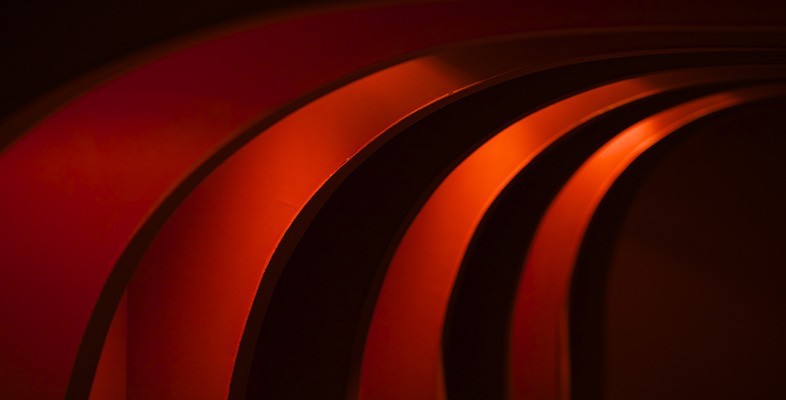Home » Course Layouts » Free Course Layout Udemy
You can prepare for this course, Making sense of art history, by looking around you. It's likely that wherever you are you'll be able to see some images. It's also likely that many of these will be intended to have some sort of effect on you. In the course itself, you will be exploring the power of images via a study of contemporary art from the 1980s onwards. Taking the time to look beyond the immediate appearance of art work to consider what the artist might be trying to say can be immensely rewarding.
0
57
English
English [CC]
FREE
- Learn basic syntax that can apply to any language.
- Learn what is a programming language and the basic concepts for beginners.
- Understand what is Javascript in it's truest form.
- Know the basic syntax of Javascript.
- Know some hidden quirks in Javascript.
Description
Introduction
In this course, you'll explore further arts discipline – art history. But why study art history? Look around you, it's likely that wherever you are you'll be able to see some images – for example, on posters, magazine covers or food packaging. It's also likely that many of these images will be intended to have some sort of effect on you. For example, an image on a cereal packet might be intended to persuade you that eating the product will make you healthy, whereas the images on the front page of a magazine will be chosen to encourage you to read on. While you won't be studying cereal packets and magazine covers in this course, you will be exploring the power of images via a study of contemporary art from the 1980s onwards.
- effects
- techniques
- context
- meaning

Rachel Whiteread, House, 1993. (© The artist. Courtesy Gagosian Gallery. Photo: Tate Photography.)

Gilbert and George, Life from Death Hope Life Fear, 1984, hand-colored photographs, framed on paper, unique. (© Gilbert and George. Courtesy Tate, London, 2005.)

Jake and Dinos Chapman, CFC76311561.1, 2002, painted bronze, 92 × 58 × 49 cm. (© The artists. Courtesy Jay Jopling/White Cube, London.Photo: Gareth Winters.)

Tracey Emin, My Bed, 1998, mattress, bed, linen, pillows, suitcase, ephemera, 79 × 211 × 234 cm. (© The artist. Courtesy Jay Jopling/White Cube, London.)

Damien Hirst, Mother and Child Divided, 1993, steel, GRP composites, glass, silicone sealants, cow, calf, formaldehyde solution, tanks: 190 × 323 × 109 cm and 103 × 169 × 63 cm. (© The artist. Courtesy Jay Jopling/ White Cube, London.)
Learning Outcomes
After studying this course, you should be able to:- Identify the effects of artworks
- Understand a range of artistic techniques, such as the use of color, composition, and medium
- Recognize the relationship between effects and techniques in a range of artworks
- Understand some of the factors involved in interpreting the meaning
- Understand the significance of context in informing the interpretation of artworks.
Course content
-
- What is Art? 00:30:00
-
- The Turner Prize: an Annual Farce or a Celebration of Creativity? 00:20:00
- Art Works and their Effects 00:30:00
- Colour 01:00:00
- Composition 01:20:00
- Conclusion 00:05:00
N.A
- 5 stars0
- 4 stars0
- 3 stars0
- 2 stars0
- 1 stars0
No Reviews found for this course.
Instructor
Open University UK
4.8
4.8
14
42473
1068
Explore Free Courses
Access valuable knowledge without any cost.
{"title":"","show_title":"0","post_type":"course","taxonomy":"course-cat","term":"engineering-skills,health-and-safety","post_ids":"","course_style":"free","featured_style":"course6","masonry":"","grid_columns":"clear4 col-md-3","column_width":"268","gutter":"30","grid_number":"4","infinite":"","pagination":"","grid_excerpt_length":"20","grid_link":"1","grid_search":"0","course_type":"","css_class":"","container_css":"","custom_css":""}












